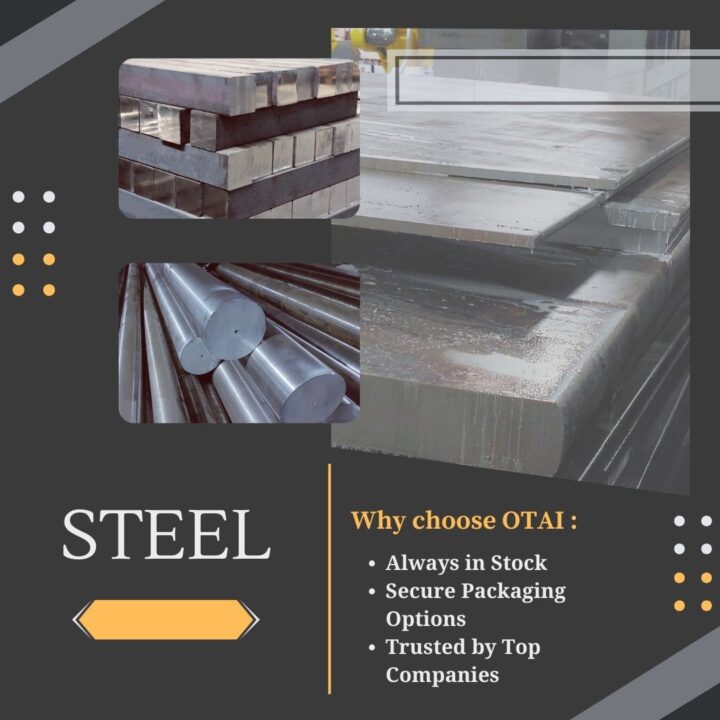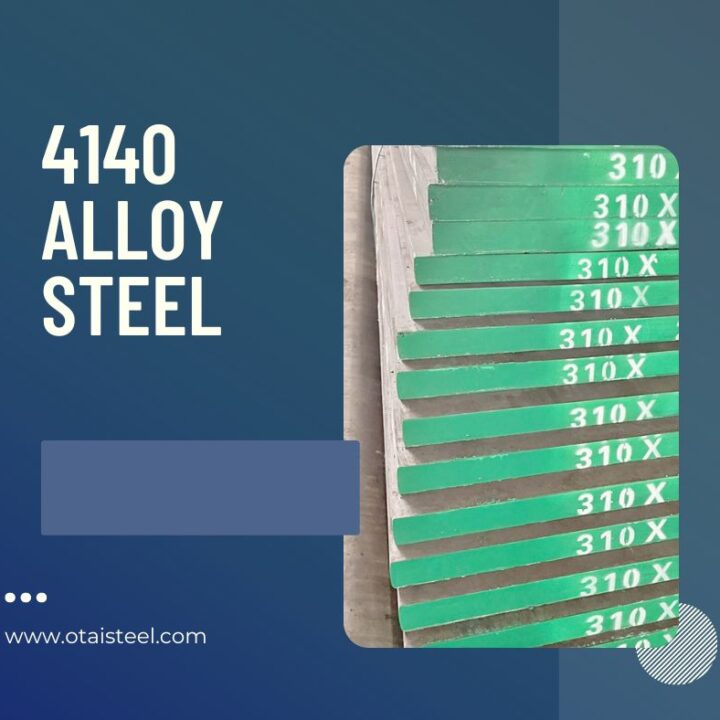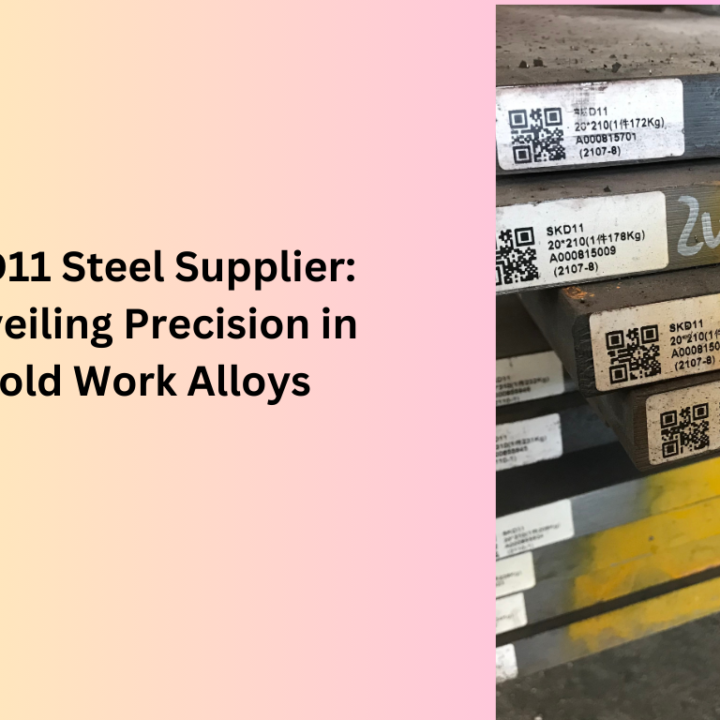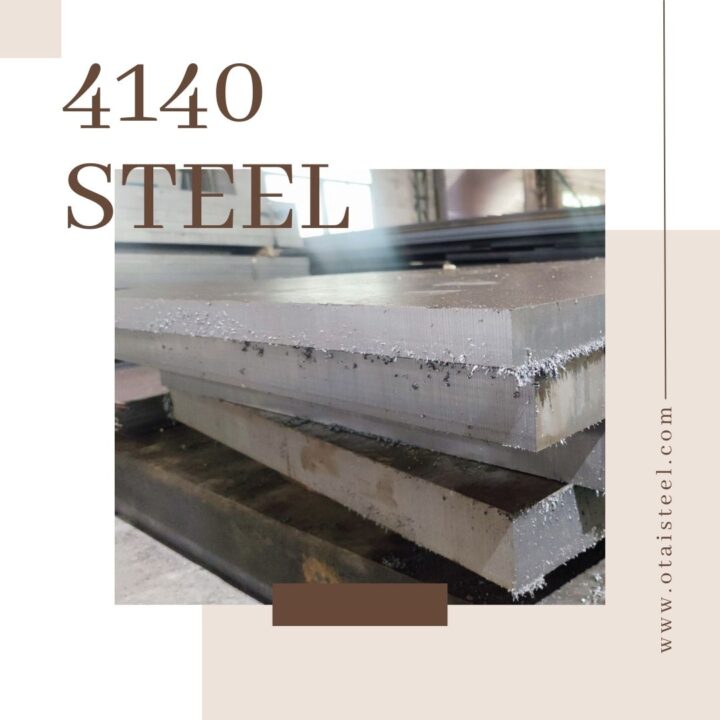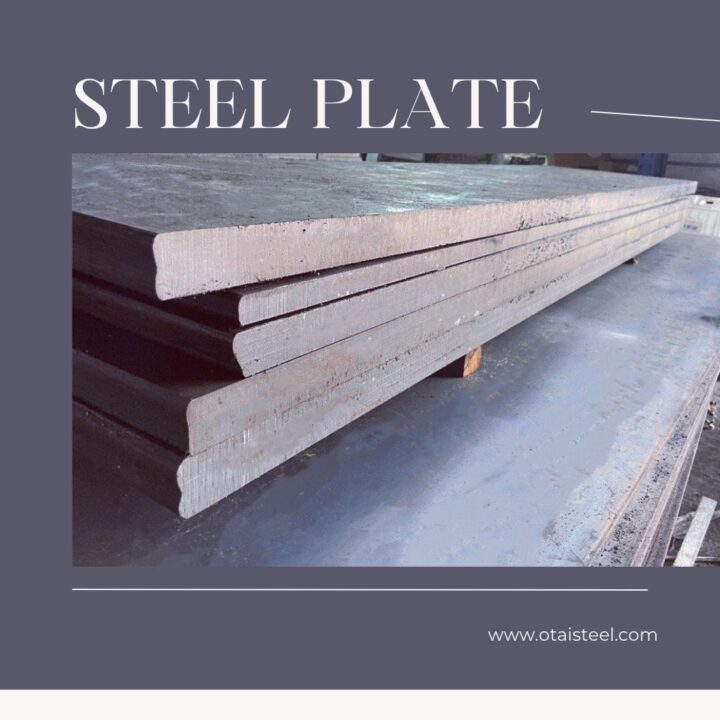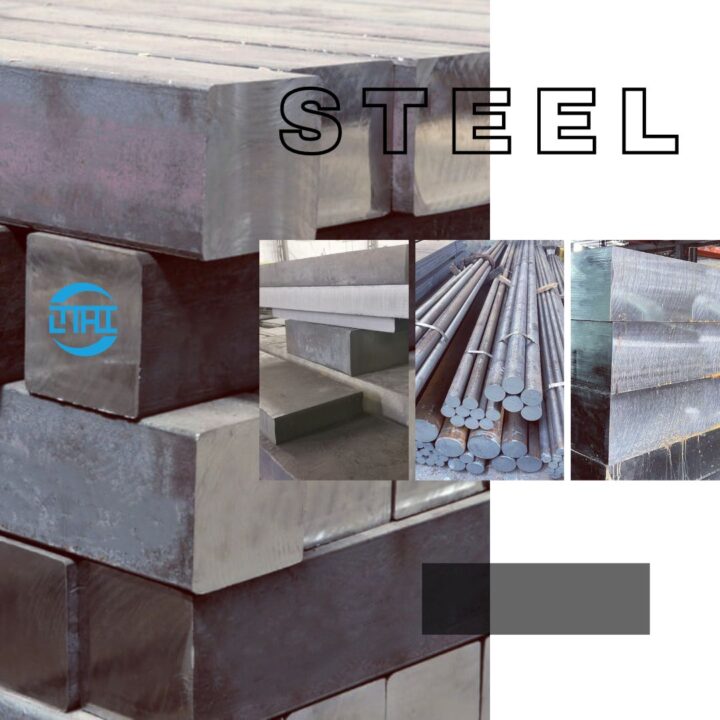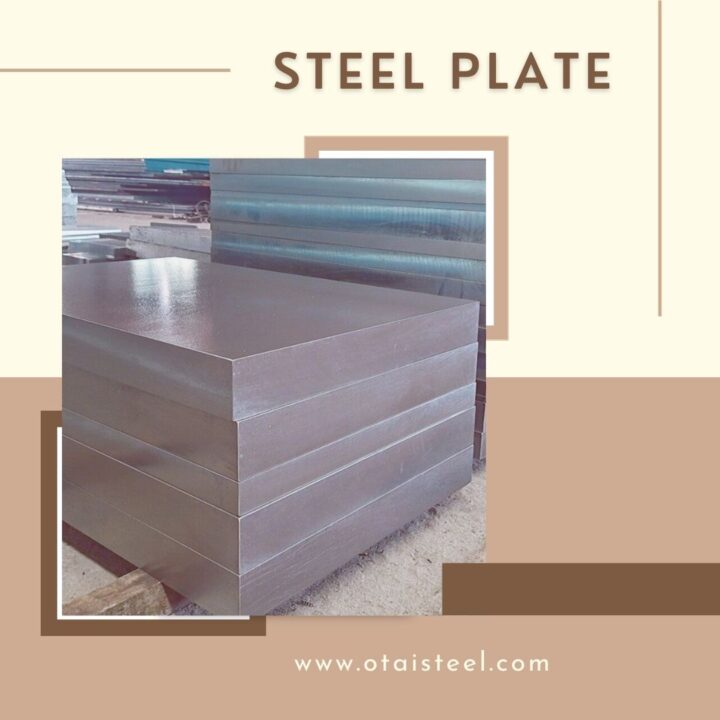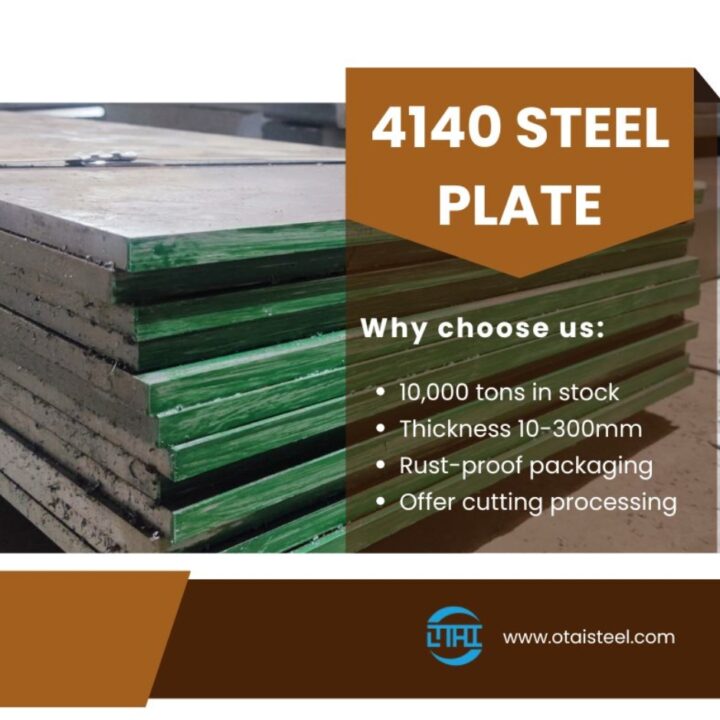4140 steel is a low-alloy steel comprising chromium, molybdenum, and carbon. Its chemical composition grants it remarkable strength, toughness, and wear resistance. (4140 steel in aerospace sector)
The Aerospace Sector and High-Strength Structural Components
- The Need for Robust Materials
The aerospace sector operates in a demanding environment where structural components must endure immense stresses, extreme temperatures, and prolonged operational cycles. Materials used in aerospace construction must exhibit extraordinary properties to meet these challenges.
- Role of 4140 Steel
4140 steel plays a crucial role in the aerospace sector, serving as a key material for constructing high-strength structural components.
Applications of 4140 steel in aerospace sector
- Landing Gear Systems
Landing gear systems are critical components that endure significant impact forces during take-off and landing. 4140 steel is utilized in landing gear components due to its ability to withstand high loads and shocks.
- Engine Components
Aircraft engines operate in extreme conditions, necessitating materials with high temperature resistance and mechanical strength. 4140 steel is employed in certain engine components to withstand the stresses and temperatures involved.
- Wing Attachments
Wings are essential for flight stability, and wing attachments require materials with exceptional tensile strength and fatigue resistance. 4140 steel fulfills these requirements, ensuring the integrity of wing structures.
Benefits of 4140 Steel in Aerospace Construction
- High Strength and Toughness
4140 steel’s combination of high tensile strength and toughness allows aerospace components to withstand heavy loads and impacts without failure.
- Fatigue Resistance
In the aerospace sector, components undergo cyclic loading, which can lead to fatigue failure. 4140 steel‘s fatigue resistance ensures prolonged service life for critical parts.
- Machinability and Weldability
The machinability and weldability of 4140 steel ease manufacturing processes, enabling the production of complex aerospace components.
Heat Treatment for Enhanced Performance
- Quenching and Tempering
Heat treatment processes, such as quenching and tempering, further enhance the mechanical properties of 4140 steel, ensuring consistent and predictable performance.
- Impact on Mechanical Properties
Proper heat treatment improves the hardness, strength, and ductility of 4140 steel, making it an ideal choice for aerospace applications.
Ensuring Safety and Reliability
- Stringent Testing and Quality Assurance
Aerospace components made from 4140 steel undergo rigorous testing and quality assurance procedures to meet strict safety and reliability standards.
- Compliance with Industry Standards
Manufacturers ensure that all aerospace components using 4140 steel adhere to industry-specific regulations and certifications.
Advancements in Aerospace Materials
- Composite Materials and Their Impact
Composite materials have gained prominence in aerospace construction, offering unique properties. However, 4140 steel remains a preferred choice for specific high-stress applications.
- The Continued Relevance of 4140 Steel
Despite advancements in materials technology, 4140 steel continues to play a vital role in aerospace construction, providing a balance of performance, cost-effectiveness, and reliability.
Environmental Considerations and Sustainability
The aerospace sector also focuses on sustainable practices. 4140 steel’s recyclability contributes to minimizing the environmental impact of aerospace manufacturing.
As aerospace technology evolves, 4140 steel remains an integral part of the industry, providing a solid foundation for constructing state-of-the-art aircraft.
